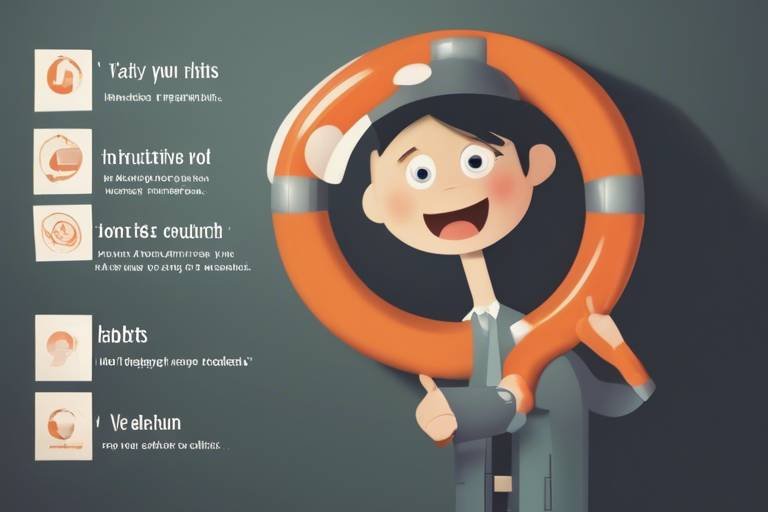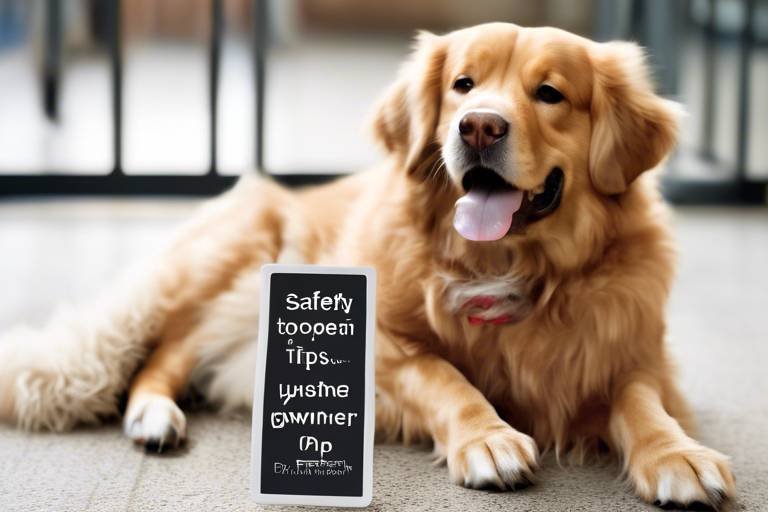Safety for Introverts: How to Protect Yourself
In a world that often seems tailored for extroverts, introverts can sometimes feel like they are navigating a maze without a map. The hustle and bustle of social interactions, crowded places, and loud environments can be overwhelming. But fear not! This article explores various strategies and insights tailored for introverts to enhance their personal safety and well-being in social and public environments. Whether it's at a party, a networking event, or even just a casual gathering, there are ways to ensure that you feel safe and comfortable while still being yourself.
Introversion is often misunderstood. Many people think of introverts as shy or antisocial, but that’s just scratching the surface. Introverts are often deep thinkers and great listeners, thriving in quieter environments where they can connect on a meaningful level. However, the challenges they face in social situations can be significant. Imagine walking into a room filled with chatter and activity; it can feel like being thrown into a whirlwind. Understanding these characteristics is crucial for introverts to navigate their environments effectively.
Establishing personal boundaries is crucial for introverts. It’s not just about saying “no” when something feels uncomfortable; it’s about understanding your own limits and communicating them effectively. Think of personal boundaries as a protective shield that helps you navigate social interactions without feeling overwhelmed. By identifying what makes you feel safe and comfortable, you can better advocate for yourself in various situations. This could mean leaving a gathering early, choosing to sit in a quieter corner, or even deciding to skip an event altogether.
Learning to assertively communicate your boundaries can empower introverts. It’s all about expressing your needs without feeling guilty or anxious. You might think, “What if I offend someone?” But here’s the thing: your comfort matters too! Start with simple phrases that clearly express your feelings. For example, you could say, “I need a moment to recharge” or “I prefer smaller gatherings.” Remember, it’s perfectly okay to prioritize your well-being.
Introverts can use non-verbal cues to signal discomfort or disengagement. Body language speaks volumes, and sometimes a simple gesture can convey what words cannot. For instance, crossing your arms might indicate that you need some personal space, while looking away can signal that you’re not ready to engage. Being aware of your own body language can help you communicate your needs without uttering a word, allowing you to maintain your comfort in social situations.
Verbal strategies are essential for clear communication. Here are some phrases and techniques that introverts can use to articulate their boundaries confidently:
- "I need to take a break." - Perfect for when you feel overwhelmed.
- "Can we talk later?" - Great for postponing a conversation that feels too intense.
- "I’m not comfortable with that." - A straightforward way to express discomfort.
Using these phrases can help you establish your boundaries without feeling like you’re being rude or dismissive.
Introverts can benefit from selecting safe social environments. Not all gatherings are created equal! Some places feel like a warm hug, while others can feel like a cold shower. Think about what settings make you feel at ease. Is it a cozy café with a few friends or a loud bar filled with strangers? Choosing gatherings that align with your comfort levels can significantly enhance your social experience and reduce anxiety.
Technology can be a valuable ally for introverts. With the right tools, you can enhance your personal safety and provide peace of mind in social settings. From apps that help you stay connected with friends to those that ensure your safety, technology offers a range of solutions tailored for introverts.
Emergency apps are essential for quick assistance. When you’re in a situation that feels unsafe, having a reliable app on your phone can be a lifesaver. Here are a few popular options:
| App Name | Features | Platform |
|---|---|---|
| SafeTrek | Alert authorities with a tap | iOS, Android |
| bSafe | GPS tracking, SOS alerts | iOS, Android |
| Life360 | Family location sharing | iOS, Android |
Staying safe online is just as important. Social media can be a double-edged sword, offering connection while also posing risks. Here are some tips for maintaining privacy and security on social media platforms, tailored for introverts:
- Limit your audience: Adjust your privacy settings to control who sees your posts.
- Think before you share: Be cautious about sharing personal information.
- Use strong passwords: Protect your accounts with unique, complex passwords.
Having a reliable support network is vital for introverts. Surrounding yourself with understanding friends and family can make all the difference. These relationships provide emotional and practical support in challenging situations. It’s like having a safety net that catches you when you feel overwhelmed. Cultivating these connections takes time, but the comfort of knowing you have people who understand you can be incredibly empowering.
Q: How can I become more comfortable in social situations?
A: Start small! Attend smaller gatherings, and gradually work your way up to larger events. Practice your boundary communication skills and remember that it’s okay to take breaks when needed.
Q: What if I feel anxious about setting boundaries?
A: It’s perfectly normal to feel anxious. Start by practicing what you want to say in front of a mirror or with a trusted friend. The more you practice, the easier it will become.
Q: Are there specific apps you recommend for introverts?
A: Yes! Apps like SafeTrek and bSafe can help enhance your safety, while Life360 is great for keeping track of your loved ones.
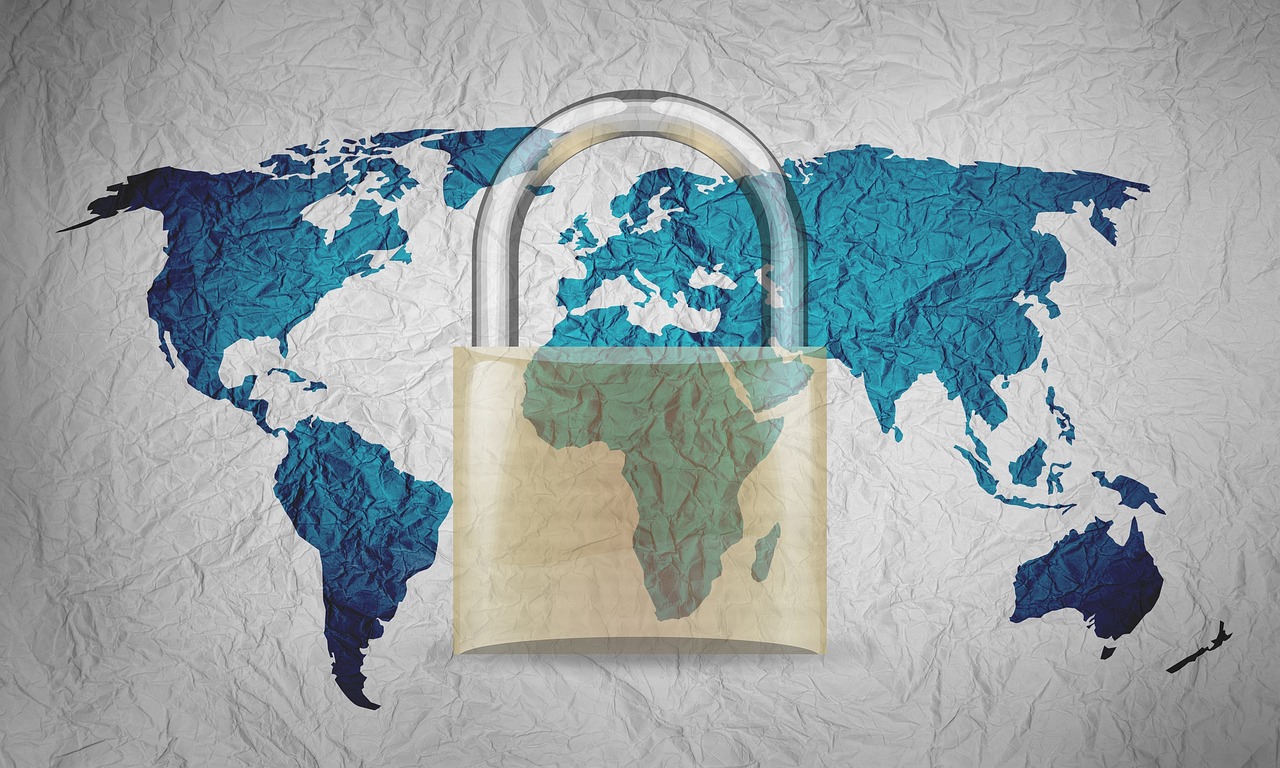
Understanding Introversion
Introversion is often shrouded in misconceptions, leading many to misunderstand the true essence of what it means to be an introvert. Contrary to popular belief, introverts are not simply shy or antisocial; rather, they possess a unique set of characteristics that shape their interactions with the world around them. For introverts, social situations can sometimes feel overwhelming, akin to diving into a pool of cold water—initially shocking but gradually becoming manageable with the right approach. Understanding these traits can help both introverts and extroverts foster better relationships and create more inclusive environments.
At the core of introversion lies a preference for solitude and deep, meaningful interactions over large social gatherings. Introverts often find their energy drained after prolonged social interactions, needing time alone to recharge. This doesn’t mean they dislike people; instead, they thrive in environments where they can connect on a deeper level. They tend to be reflective, observant, and empathetic, often listening more than speaking. This strength allows them to pick up on subtle cues and emotions, making them excellent friends and confidants.
However, navigating social situations can pose challenges for introverts. They may struggle with:
- Overstimulation: Crowded places and loud environments can be overwhelming, leading to anxiety or discomfort.
- Miscommunication: Introverts might find it difficult to express their thoughts and feelings, especially in fast-paced conversations.
- Social Expectations: The pressure to engage in small talk or participate in group activities can be daunting.
Recognizing these challenges is the first step towards creating a safer and more comfortable environment for introverts. By embracing their strengths—such as their ability to listen and empathize—introverts can navigate social landscapes more effectively. It's essential for both introverts and those around them to understand that these traits are not weaknesses but rather unique attributes that contribute to a diverse social fabric.
In summary, understanding introversion is about appreciating the depth and complexity of introverted individuals. By recognizing their need for solitude, their strengths in observation and empathy, and the challenges they face in social situations, we can create environments that are not only more inclusive but also more supportive. This understanding paves the way for better communication, deeper connections, and ultimately, a more harmonious coexistence between introverts and extroverts.
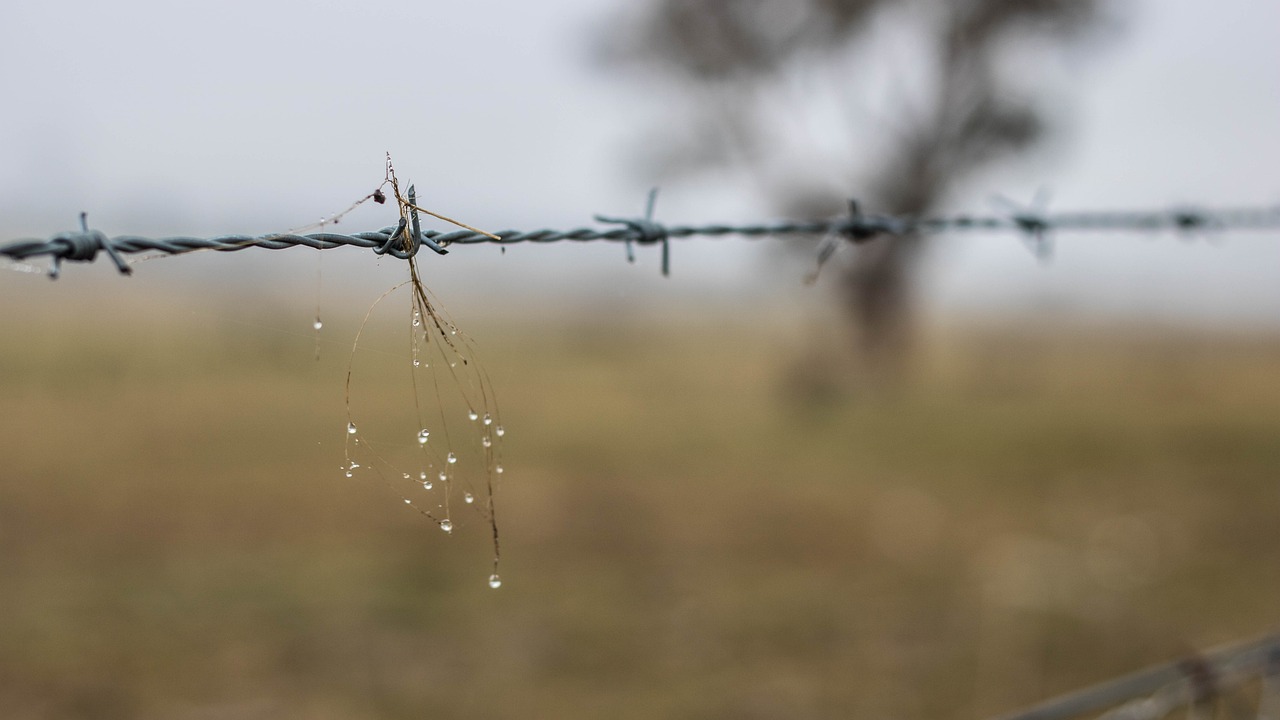
Recognizing Personal Boundaries
For many introverts, the concept of personal boundaries can feel as elusive as a whisper in a crowded room. It's not just about saying "no" or stepping back; it's about understanding what makes you feel comfortable and safe in various situations. Recognizing your personal boundaries is the first step in protecting your well-being. Think of your boundaries as invisible lines that, when crossed, can lead to discomfort or anxiety. These lines can vary greatly from one individual to another, influenced by past experiences, cultural upbringing, and personal preferences.
To effectively recognize your personal boundaries, start by tuning into your feelings. Ask yourself: What situations make me feel uneasy? It might be a loud party where everyone seems to be shouting, or perhaps a one-on-one conversation that feels too intense. By identifying these triggers, you can begin to establish clear boundaries. Remember, your feelings are valid. If something doesn't sit right with you, it's essential to acknowledge that.
Once you've identified your boundaries, the next step is to communicate them. This can be daunting for introverts, who often prefer to avoid confrontation. However, expressing your needs is not only essential for your comfort but also for your relationships. Think of it this way: if you don’t communicate your boundaries, others might unknowingly cross them, leading to misunderstandings and resentment. So, how do you communicate these boundaries effectively?
It's crucial to be assertive yet gentle. You can start by using “I” statements, which focus on your feelings rather than placing blame. For instance, instead of saying, “You’re making me uncomfortable,” try, “I feel overwhelmed in large groups.” This approach helps others understand your perspective without feeling attacked. Additionally, practicing these conversations in a safe space, like with a trusted friend, can help you gain confidence.
In recognizing personal boundaries, it’s also helpful to understand the different types of boundaries. They can be categorized into several areas, including:
- Emotional Boundaries: Protecting your feelings and emotional well-being.
- Physical Boundaries: Defining personal space and physical contact limits.
- Time Boundaries: Managing how much time you spend with others.
- Material Boundaries: Setting limits on sharing personal belongings.
By categorizing your boundaries, you can gain a clearer understanding of what you need in different contexts. This clarity can empower you to stand firm in your decisions and help others respect your space. It’s like setting up a fence around your garden; it keeps out what doesn’t belong while allowing the beauty of your flowers to thrive.
In conclusion, recognizing personal boundaries is not just about self-protection; it’s about fostering healthier relationships and creating environments where you can thrive. Remember, your boundaries are a reflection of your needs and values. By being aware of them and communicating them assertively, you can navigate social situations with greater confidence and peace of mind.

Communicating Boundaries Assertively
Communicating boundaries assertively is a skill that can significantly enhance the well-being of introverts. It’s like learning to play a musical instrument; at first, it may feel uncomfortable, but with practice, it becomes second nature. Imagine walking into a crowded room and feeling overwhelmed by the noise and energy. Instead of retreating into your shell, you can express your need for space with confidence. It’s all about finding your voice and using it effectively.
One of the first steps in asserting your boundaries is to recognize that your feelings are valid. You have every right to protect your personal space and emotional health. Start by identifying what makes you uncomfortable in social situations. Is it too many people? Loud noises? Or perhaps it’s the pressure to engage in conversations that drain your energy? Once you pinpoint these triggers, you can prepare yourself to address them directly.
When it comes to expressing your boundaries, clarity is key. Use straightforward language to communicate your needs. For instance, instead of saying, “I’m not feeling well,” which can be vague, try saying, “I need to step outside for a few minutes to recharge.” This not only conveys your need for space but also allows others to understand your situation without guessing. Remember, assertiveness is not about being aggressive; it’s about being honest and respectful.
Additionally, practicing active listening can greatly enhance your communication skills. When you listen attentively to others, it builds rapport and makes them more receptive to your needs. You might say, “I appreciate your enthusiasm, but I prefer one-on-one conversations. Can we chat privately?” This approach not only asserts your boundary but also acknowledges the other person’s feelings, creating a more positive interaction.
Non-verbal communication can also play a significant role in asserting your boundaries. Your body language can speak volumes. Maintain an open posture, make eye contact, and use hand gestures to emphasize your points. For example, if someone is standing too close, you can subtly take a step back while continuing the conversation. This non-verbal cue signals your need for personal space without needing to say a word.
Here are some phrases you can use to assert your boundaries effectively:
- "I need some time to myself right now." - This is a clear statement that communicates your need for solitude.
- "I’m not comfortable discussing that topic." - This sets a boundary around sensitive subjects.
- "Can we take a break from this conversation?" - This is a polite way to disengage when you feel overwhelmed.
Remember, it’s perfectly okay to say “no.” In fact, saying “no” can be liberating. It allows you to prioritize your well-being and ensures that you engage only in activities that align with your comfort level. By practicing these techniques, you’ll find that asserting your boundaries becomes easier and more natural over time.
Ultimately, learning to communicate your boundaries assertively is not just about protecting yourself; it’s about fostering healthier relationships. When others know your limits, they are more likely to respect them, creating an environment where you can thrive. So, take a deep breath, stand tall, and let your voice be heard!

Non-Verbal Cues
Non-verbal communication is a powerful tool, especially for introverts who may find it challenging to express their feelings verbally. Understanding and utilizing can significantly enhance your ability to communicate your comfort levels and boundaries without saying a word. For instance, your body language, facial expressions, and even your posture can convey messages that words sometimes fail to express. Imagine walking into a crowded room; your crossed arms might signal discomfort, while a relaxed stance could indicate openness. Recognizing these signals in yourself and others is key.
When it comes to personal space, introverts often have a distinct preference for maintaining a comfortable distance from others. This can be communicated through subtle cues, such as leaning back slightly when someone gets too close. Additionally, making eye contact can help establish a connection, but it’s essential to balance it with breaks to avoid feeling overwhelmed. A simple glance away can serve as a gentle reminder that you need a moment to recharge.
Moreover, consider the power of facial expressions. A warm smile can invite conversation, while a furrowed brow may indicate stress or discomfort. Being aware of how your expressions can impact interactions can help you navigate social situations more effectively. For example, if you feel overwhelmed, a quick frown or a slight shake of the head can signal to others that you need a moment to regroup.
In addition to these cues, posture plays a crucial role in how we are perceived. Standing tall with open shoulders can project confidence, while slouching might suggest insecurity or the desire to withdraw. It’s fascinating how much our bodies can communicate without uttering a single word! To help you better understand these non-verbal cues, here’s a quick reference table:
| Non-Verbal Cue | Meaning |
|---|---|
| Crossed Arms | Defensiveness or discomfort |
| Leaning Back | Desire for personal space |
| Warm Smile | Openness and friendliness |
| Furrowed Brow | Stress or discomfort |
| Open Shoulders | Confidence and approachability |
By honing in on these non-verbal signals, introverts can better navigate social situations and maintain their comfort levels. It’s about finding that balance between engaging with others and protecting your own space. Remember, it’s perfectly okay to communicate your needs through your body language. Just like a painter uses colors to convey emotions, you can use your non-verbal cues to express your feelings and boundaries effectively.
- What are some common non-verbal cues that indicate discomfort? Common cues include crossed arms, avoiding eye contact, and leaning away from someone.
- How can I improve my non-verbal communication skills? Practice being aware of your body language and observe how others respond to different cues.
- Can non-verbal cues vary by culture? Yes, non-verbal communication can differ significantly across cultures, so it's essential to be aware of these differences.
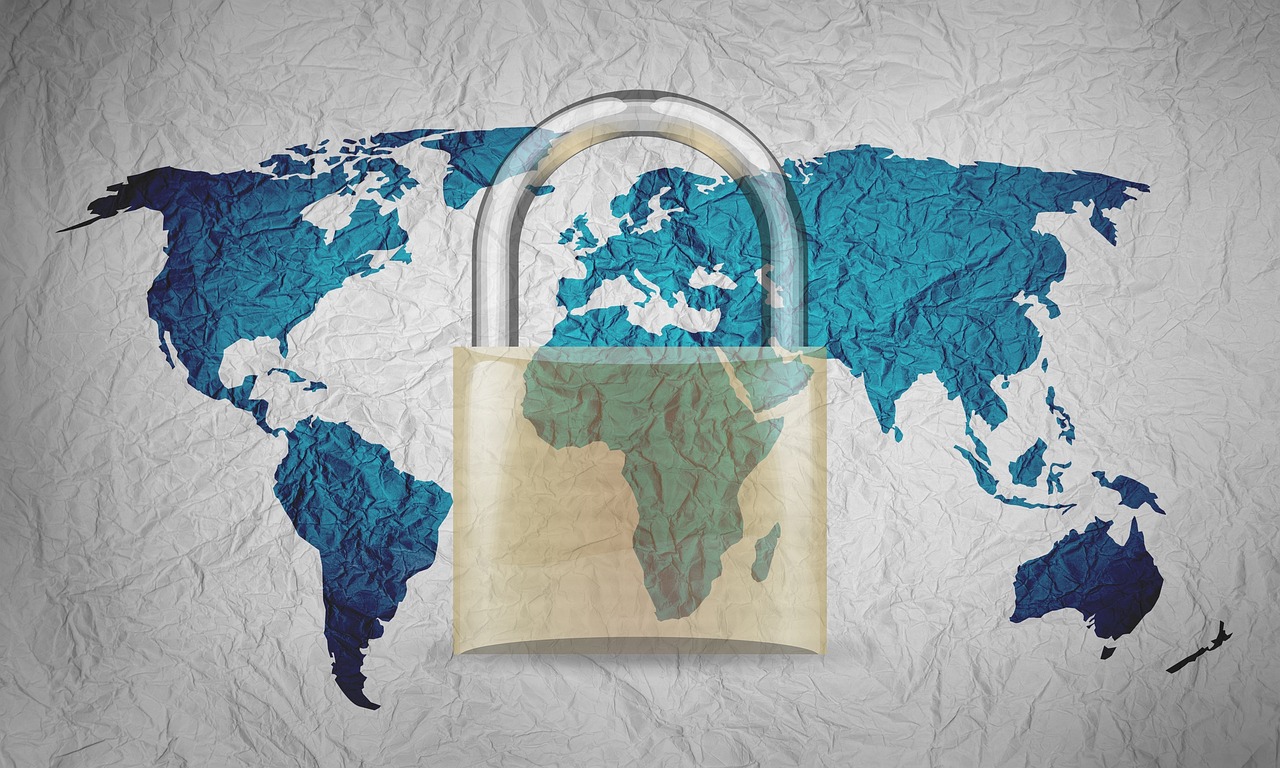
Verbal Strategies
When it comes to asserting your boundaries as an introvert, having the right can make all the difference. It’s like having a toolkit ready to help you navigate through social interactions without feeling overwhelmed. First and foremost, it’s essential to practice clear and concise communication. Instead of beating around the bush, being direct about your needs can help others understand your limits better.
For instance, if you find yourself in a crowded social event and start feeling anxious, you might say something like, “I need a little break; I’ll be outside for a moment.” This statement is straightforward and conveys your need for personal space without over-explaining or feeling guilty. Remember, you are allowed to prioritize your comfort!
Additionally, using “I” statements can be incredibly effective. These statements focus on your feelings rather than placing blame or making others feel defensive. For example, instead of saying, “You’re too loud,” you could say, “I feel overwhelmed when the noise level is high.” This approach not only communicates your boundaries but also invites understanding from others.
Another useful technique is to prepare a few phrases in advance that you can use in various situations. This can alleviate the pressure of thinking on your feet. Here are some examples:
- “I’m not comfortable discussing that right now.”
- “I need some time to myself to recharge.”
- “Can we talk about this later? I’m feeling a bit overwhelmed.”
These phrases serve as a safety net, allowing you to express your needs without feeling anxious about how to phrase it in the moment. It’s like having a script that you can rely on, making it easier to navigate tricky conversations.
Moreover, tone and body language play a significant role in how your message is received. When you speak, try to maintain a calm and steady voice, which can convey confidence even if you don’t feel it inside. Pairing your words with open body language—such as uncrossed arms and maintaining eye contact—can reinforce your message, making it clear that you are serious about your boundaries.
In conclusion, mastering verbal strategies is a powerful way for introverts to assert their needs and maintain their comfort in social situations. By practicing clear communication, utilizing “I” statements, preparing phrases, and being mindful of your tone and body language, you can create a safer and more enjoyable social experience for yourself. Remember, it’s not about being rude; it’s about being true to yourself!

Creating Safe Social Environments
For introverts, the world can sometimes feel like a bustling marketplace, overflowing with noise and chaos. Finding a safe social environment is not just a preference; it’s a necessity. Choosing the right spaces to engage with others can significantly affect your comfort and overall well-being. But how do you identify these safe havens? It starts with understanding your own needs and recognizing environments that align with your personality.
One of the first steps in creating a safe social environment is to evaluate the setting. Are you attending a large party where the music is blasting and conversations are overlapping? Or is it a cozy gathering with a few close friends? The latter is often more conducive to meaningful interactions for introverts. Look for places that offer quiet corners, soft lighting, and opportunities for one-on-one conversations. Quality over quantity is the mantra to keep in mind.
Another important aspect is to consider the people you'll be surrounded by. Are they supportive and understanding, or do they tend to dominate conversations and overlook quieter voices? Surrounding yourself with individuals who respect your space and appreciate your unique perspective can create a nurturing atmosphere. Building connections with like-minded individuals can lead to deeper, more fulfilling relationships, making social interactions less daunting.
Additionally, it’s crucial to recognize your own limits. Before heading out, ask yourself questions like, “How long can I comfortably stay?” or “What will I do if I start to feel overwhelmed?” Having a plan can significantly reduce anxiety. For instance, you might decide to stay for just an hour or have a friend ready to call you for a “fake emergency” if you need an exit strategy.
Consider creating a list of safe social environments that you can refer to when planning outings. This could include:
- Book clubs
- Art galleries
- Small gatherings at a friend’s house
- Workshops or classes
Each of these settings can provide a more controlled environment where you can engage at your own pace. Remember, it’s perfectly okay to prioritize your comfort. You don’t have to force yourself into situations that drain your energy. Instead, seek out those that refill your cup and allow you to express yourself authentically.
Lastly, don’t underestimate the power of pre-planning. If you're aware of an event that might be overwhelming, consider visiting the venue beforehand to familiarize yourself with the layout. Knowing where you can retreat to for a breather can be incredibly reassuring. It’s like having a map in a foreign city; it gives you confidence and helps reduce anxiety.
In conclusion, creating safe social environments is about understanding your needs, choosing the right settings and people, and having strategies in place to manage your comfort levels. By taking these steps, introverts can navigate social situations with greater ease and joy, transforming potentially stressful encounters into opportunities for connection and growth.
Q1: How can I find introvert-friendly events?
A1: Look for smaller gatherings, workshops, or clubs focused on activities you enjoy. Websites and social media platforms often have groups dedicated to specific interests.
Q2: What should I do if I feel overwhelmed at a social event?
A2: It's perfectly okay to step outside or find a quiet corner to regroup. If you have a friend with you, communicate your feelings and take a break together.
Q3: How can I effectively communicate my need for personal space?
A3: Use clear and polite language. You might say something like, “I need a moment to recharge; I’ll be back in a bit.” Most people will understand and respect your needs.
Q4: Is it okay to leave an event early?
A4: Absolutely! Your comfort is the priority. If you feel it's time to go, trust your instincts and leave without guilt.
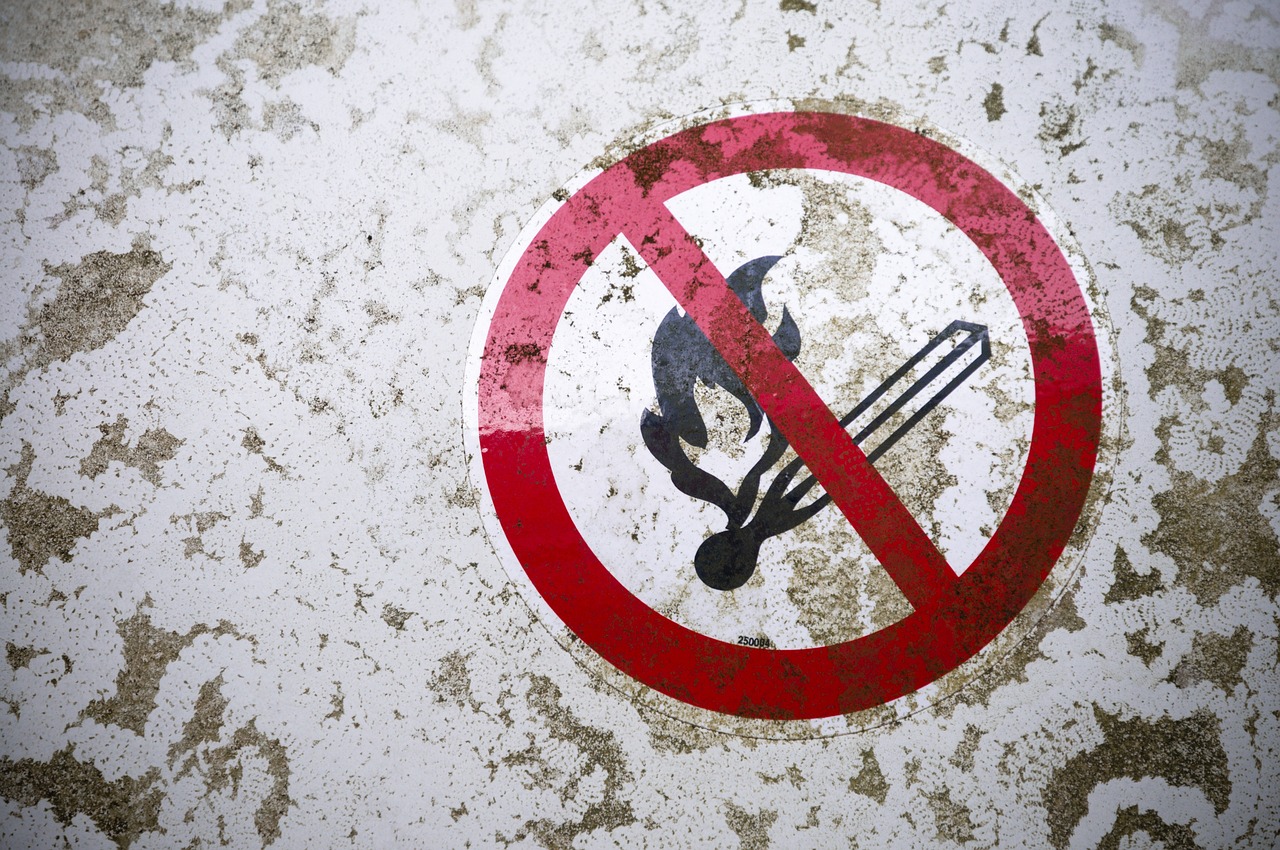
Utilizing Technology for Safety
In today's fast-paced world, technology is not just a tool for convenience; it can also be a powerful ally for introverts looking to enhance their personal safety. With the rise of smartphones and various applications, introverts can leverage technology to navigate social situations with greater confidence and security. Imagine having a safety net right in your pocket—this is the reality that technology offers. From emergency apps that can summon help at the touch of a button to social media tools that allow you to control your online presence, technology is transforming how we approach safety.
One of the most effective ways to ensure your safety is by using emergency apps. These apps are designed to provide quick assistance in case of an emergency, whether you're feeling uncomfortable in a social setting or facing a more serious threat. Many of these applications come equipped with features like location tracking, emergency contacts, and one-touch alert systems that can notify friends or authorities instantly. For instance, apps like SafeTrek allow users to hold a button while feeling unsafe; if they release it without entering a pin, authorities are alerted with their location. This level of security can be particularly reassuring for introverts who may feel vulnerable in crowded or unfamiliar environments.
Additionally, introverts can benefit from utilizing technology to enhance their social media safety. In an age where our online presence can significantly impact our personal safety, it’s crucial to be mindful of what we share. Here are some tips to maintain your privacy:
- Adjust Privacy Settings: Regularly review and customize the privacy settings on your social media accounts to control who can see your posts and personal information.
- Think Before You Share: Always consider the implications of sharing your location or personal details, especially in public forums.
- Use Strong Passwords: Protect your accounts with strong, unique passwords and enable two-factor authentication whenever possible.
Moreover, technology can also help introverts choose safe social environments. Many apps and websites provide reviews and ratings for local events, allowing you to gauge the atmosphere before attending. Platforms like Meetup or Eventbrite can help you find gatherings that align with your interests and comfort levels, ensuring you engage in social interactions that feel safe and enjoyable.
In conclusion, integrating technology into your safety strategy can empower introverts to navigate social situations with confidence. By utilizing emergency apps, enhancing social media privacy, and choosing safe environments, introverts can enjoy social interactions while minimizing anxiety and potential risks. Embracing these technological tools not only enhances personal safety but also fosters a sense of independence and assurance in various social contexts.
- What are some recommended emergency apps for introverts?
Some popular emergency apps include SafeTrek, bSafe, and Life360. Each offers unique features tailored to different safety needs.
- How can I improve my social media privacy?
Adjust your privacy settings, be cautious about what you share, and use strong passwords to protect your accounts.
- Can technology help me find safe social events?
Yes! Apps like Meetup and Eventbrite allow you to discover local events that match your interests and comfort levels.
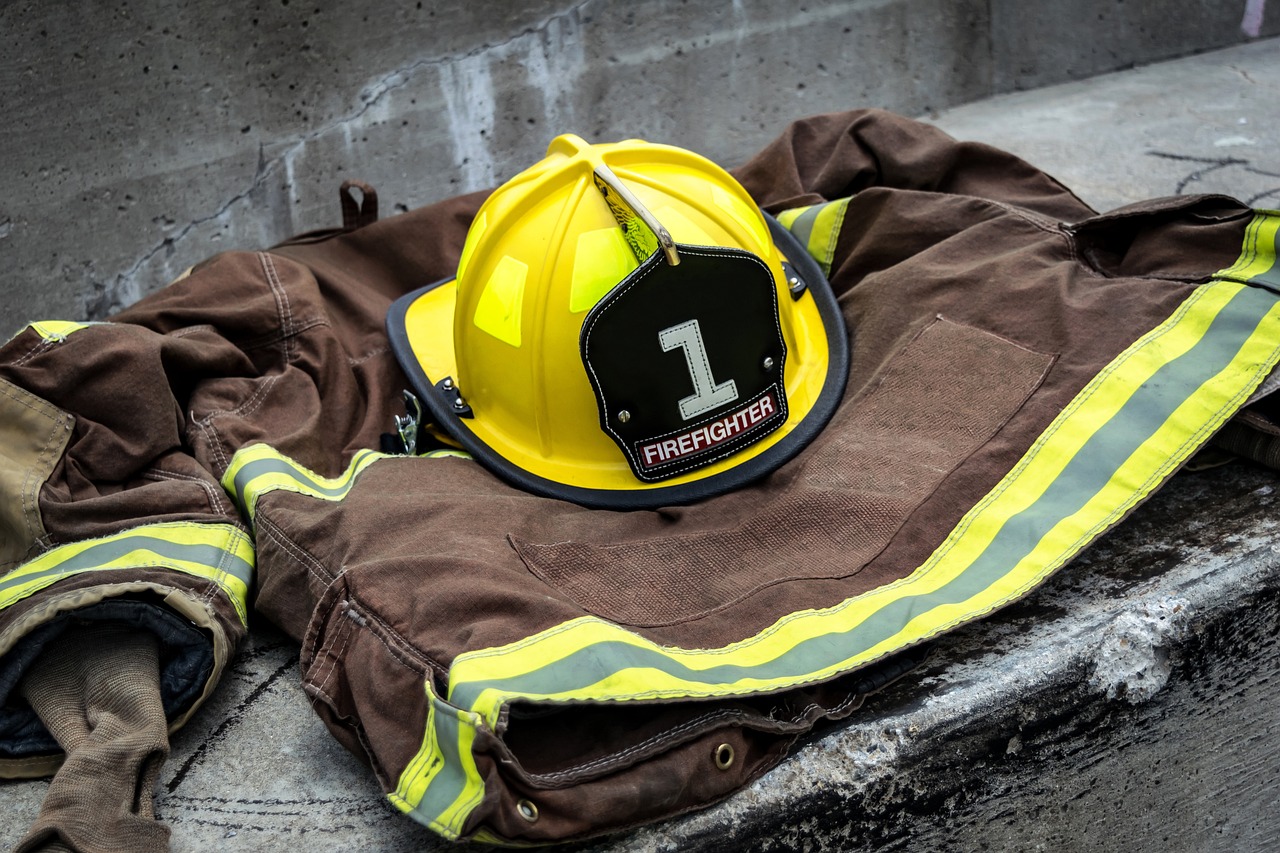
Emergency Apps
In today's fast-paced world, having a reliable safety net is crucial, especially for introverts who may feel overwhelmed in certain social situations. Emergency apps serve as a digital lifeline, providing quick access to help when needed. These apps are designed to offer peace of mind, allowing users to feel secure in their surroundings. Whether you're attending a large gathering or simply navigating your daily routine, knowing that assistance is just a tap away can be incredibly reassuring.
So, what should you look for in an emergency app? It's essential to find one that is user-friendly, effective, and tailored to your specific needs. Many apps come equipped with features like location tracking, emergency contacts, and even direct links to local authorities. Here are some key features to consider:
- Location Sharing: This feature allows trusted contacts to see your real-time location, which can be invaluable in emergencies.
- One-Tap Emergency Calls: The ability to call authorities or emergency services with a single tap can save precious time.
- Customizable Alerts: Some apps let you set up alerts that can be triggered in various situations, notifying your contacts if you're in trouble.
Here are a few of the most popular emergency apps that have garnered positive reviews among users:
| App Name | Key Features | User Rating |
|---|---|---|
| SafeTrek | Location tracking, one-tap alerts | 4.5/5 |
| Life360 | Family location sharing, emergency contacts | 4.6/5 |
| bSafe | Voice activation, live streaming | 4.3/5 |
By integrating these apps into your daily life, you can enhance your sense of security. It's like having a virtual buddy who’s always there to help when things get dicey. Imagine walking through a crowded event and feeling a sense of unease; with an emergency app at your fingertips, you can quickly alert someone or even call for help without drawing attention to yourself. This capability is especially beneficial for introverts who might find it challenging to ask for assistance in person.
Moreover, many of these apps also offer features that can help you prepare for potential emergencies. For instance, some provide safety tips and guidelines on what to do in various situations, from dealing with a medical emergency to handling unwanted attention. These resources can empower introverts by giving them the knowledge and tools they need to navigate tough situations confidently.
In a world where social interactions can sometimes feel daunting, emergency apps are a powerful ally. They not only enhance personal safety but also foster a sense of independence and control. So, if you haven't already, consider downloading one of these apps today. It’s a small step that can lead to a significant boost in your overall well-being.
Q: How do I choose the right emergency app for me?
A: Consider your specific needs, such as location sharing, emergency contacts, and user-friendliness. Read reviews and explore features that resonate with your lifestyle.
Q: Are emergency apps effective in real-life situations?
A: Yes, many users have reported feeling more secure and prepared for emergencies after using these apps. They can provide quick access to help and enhance communication with trusted contacts.
Q: Do I need to pay for these apps?
A: While many emergency apps are free, some may offer premium features for a fee. Evaluate whether the additional features are worth the cost based on your personal needs.
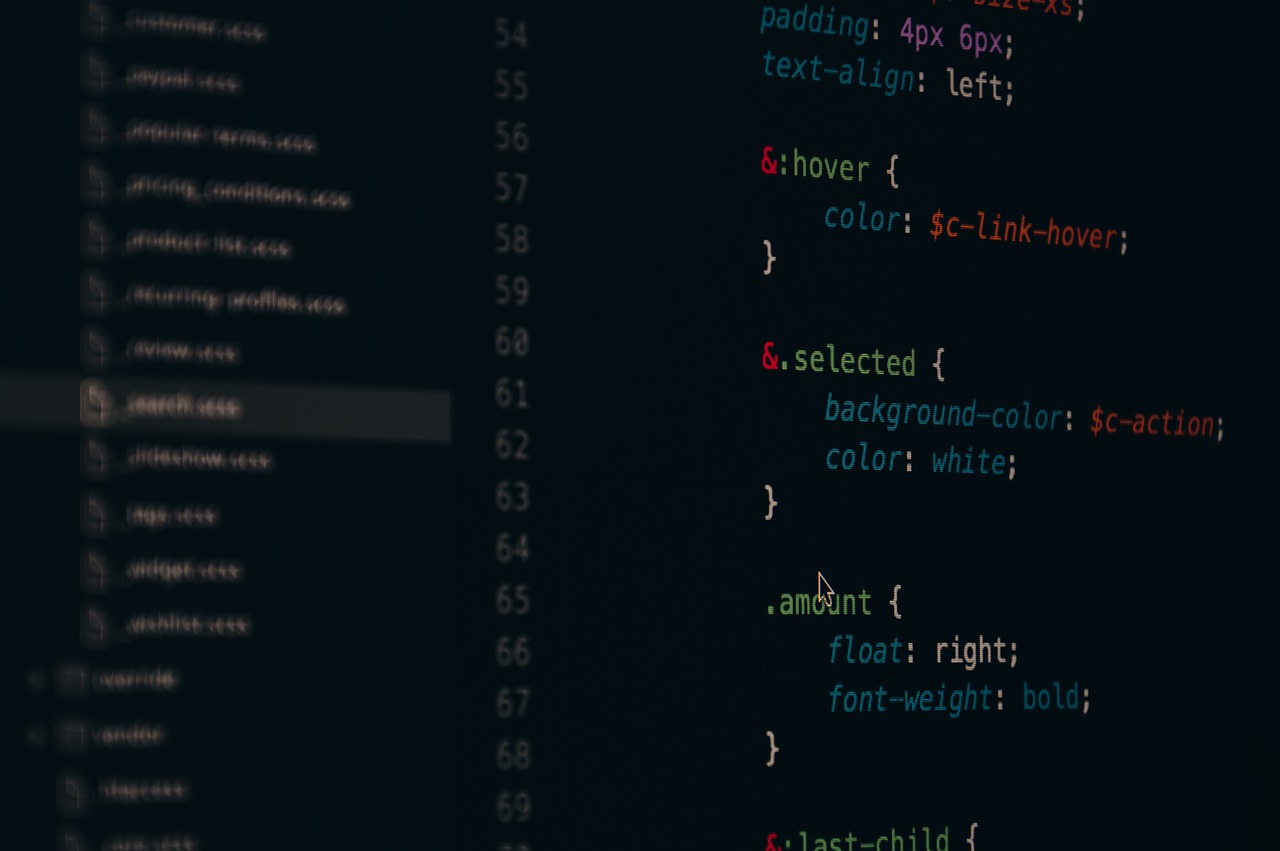
Social Media Safety
In today's digital age, social media platforms have become a double-edged sword, especially for introverts. While these platforms offer a space to connect and express oneself, they also pose unique challenges regarding safety and privacy. For introverts, who often value their personal space and privacy, navigating social media can sometimes feel overwhelming. So, how can introverts ensure their safety while still enjoying the benefits of social media?
First and foremost, it's essential to understand the importance of privacy settings. Most social media platforms provide a range of privacy options that allow users to control who can see their posts, comment on their content, and send them messages. By adjusting these settings, introverts can create a more secure online environment. For instance, consider setting your profile to private, which means that only approved friends can view your content. This simple step can significantly reduce unwanted attention and interactions.
Another crucial aspect of social media safety is being mindful of what you share. It's tempting to share every detail of your life, but for introverts, it’s vital to think twice before posting personal information. Avoid sharing sensitive details such as your home address, phone number, or even your daily routine. Instead, focus on sharing content that reflects your interests and passions without exposing too much of your private life. Remember, once something is online, it can be challenging to erase it completely.
Moreover, introverts should be aware of the types of interactions they engage in online. Not every comment or message deserves a response. It's perfectly okay to ignore negativity or unwanted advances. If someone makes you uncomfortable, don’t hesitate to block or report them. Most platforms have robust reporting systems that help users feel safer. This kind of proactive approach not only protects your mental well-being but also reinforces your personal boundaries.
Finally, consider using two-factor authentication (2FA) for added security. This feature adds an extra layer of protection to your accounts by requiring a verification code in addition to your password. It’s a simple step that can prevent unauthorized access and give you peace of mind while navigating your social media landscape.
To summarize, here are some key points to remember for social media safety:
- Regularly review and adjust your privacy settings.
- Think carefully about the information you share online.
- Engage selectively with others and don’t hesitate to block or report if necessary.
- Enable two-factor authentication for enhanced security.
By following these guidelines, introverts can cultivate a safer social media experience that aligns with their comfort levels while still enjoying the connections and opportunities that these platforms offer. Remember, your online presence should reflect your values and boundaries, and taking steps to protect yourself is not just wise—it’s essential.
Q: How can I adjust my privacy settings on social media?
A: Most platforms have a settings section where you can find privacy options. Look for sections labeled "Privacy," "Security," or "Account Settings" to customize who can see your posts and interact with you.
Q: What should I do if someone makes me uncomfortable online?
A: You have every right to block or report users who make you uncomfortable. Use the reporting features available on the platform to ensure your safety.
Q: Is it safe to share my location on social media?
A: It's best to avoid sharing your precise location, especially in real-time. Consider waiting until after you've left a place to share your location or using more general descriptions.
Q: What is two-factor authentication, and how do I set it up?
A: Two-factor authentication adds an extra layer of security by requiring a second form of verification besides your password. You can usually enable it in the security settings of your account.

Building a Support Network
For introverts, the idea of building a support network might seem daunting, almost like trying to swim upstream in a river full of rapids. However, nurturing a circle of trusted friends and allies is essential for emotional resilience and personal safety. This network can serve as a lifeline, providing the comfort of companionship while also acting as a safety net during challenging times. Imagine having a group of people who truly understand your quirks and can provide support when the world feels overwhelming; that’s the power of a strong support network.
First and foremost, it’s important to recognize that building a support network doesn’t mean you need to have a large group of friends. Quality often trumps quantity. Start by identifying a few key individuals in your life who you feel comfortable with—these could be family members, colleagues, or even acquaintances you’ve connected with over shared interests. The goal is to establish relationships where you can be your authentic self without the fear of judgment.
When nurturing these relationships, communication is key. Regular check-ins, whether through texts, calls, or face-to-face meetings, can help maintain and strengthen these bonds. Don’t hesitate to share your feelings and experiences; vulnerability can deepen trust and understanding. You might be surprised at how many people appreciate your openness and are willing to reciprocate. Remember, it’s a two-way street. Being a supportive friend can often lead to others wanting to support you in return.
Additionally, consider joining groups or clubs that align with your interests. Whether it’s a book club, a hobby group, or a local community organization, these spaces can provide a low-pressure environment to meet like-minded individuals. Here, you can form connections based on mutual interests, which can make conversations flow more naturally. Engaging in shared activities can also ease the pressure of initiating conversations, allowing relationships to develop more organically.
Moreover, don’t underestimate the power of online communities. Social media platforms and forums can be a great way to connect with others who share your introverted nature or interests. Just ensure that you approach these platforms with caution—maintaining your privacy is crucial. Look for groups that promote positivity and support, as these can be a safe space for you to express yourself and seek advice when needed.
Here’s a quick summary of how to effectively build your support network:
- Identify Key Individuals: Focus on quality relationships over quantity.
- Communicate Regularly: Keep in touch and share your thoughts and feelings.
- Join Interest-Based Groups: Engage in activities that resonate with you.
- Utilize Online Communities: Find supportive spaces that respect your privacy.
Finally, remember that it’s perfectly okay to seek professional support if you feel overwhelmed. Therapists and counselors can provide valuable guidance and help you navigate social situations more comfortably. They can also assist in developing strategies for building and maintaining your support network, tailored specifically to your needs.
In summary, building a support network is about creating a safe space where you can thrive. It’s about finding those individuals who uplift you, understand your introverted nature, and offer a sense of belonging. With the right support, you can face the world with confidence, knowing you’re not alone in your journey.
Q: How do I know if someone is a good fit for my support network?
A: Look for individuals who respect your boundaries, listen actively, and provide encouragement. Trust your instincts—if you feel comfortable and safe around them, they may be a good fit.
Q: What if I feel like I don’t have anyone to reach out to?
A: Start small. Consider reaching out to acquaintances or colleagues you might have something in common with. Online communities can also be a great way to connect with others.
Q: How can I maintain my support network over time?
A: Regular communication is key. Schedule catch-ups, send messages, or engage in shared activities to keep the relationships strong.
Frequently Asked Questions
- What are some common characteristics of introverts?
Introverts often prefer solitary activities and may feel drained after social interactions. They tend to be deep thinkers, valuing quality over quantity in relationships, and may excel in listening and observation.
- How can introverts effectively communicate their personal boundaries?
Introverts can communicate their boundaries by being clear and assertive. Using "I" statements, such as "I need some quiet time," helps express their needs without feeling guilty. Practicing these conversations can also build confidence.
- What non-verbal cues can introverts use to signal discomfort?
Introverts can use body language such as crossing arms, avoiding eye contact, or stepping back to indicate they need space. These cues can help others understand their comfort levels without needing to verbalize it every time.
- What are some safe social environments for introverts?
Safe social environments for introverts often include smaller gatherings, book clubs, or quiet cafes. Choosing events that align with their interests can help them feel more comfortable and engaged.
- How can technology enhance safety for introverts?
Technology offers various safety apps that allow introverts to alert friends or authorities in emergencies. Additionally, apps for managing social interactions and setting reminders for breaks can help maintain their well-being.
- What are the best emergency apps for personal safety?
Some highly recommended emergency apps include Life360, which shares location with trusted contacts, and SafeTrek, which allows users to alert authorities discreetly. These apps are user-friendly and provide peace of mind.
- How can introverts stay safe on social media?
Introverts can maintain safety on social media by adjusting privacy settings, being cautious about sharing personal information, and only connecting with trusted individuals. Regularly reviewing friend lists and posts can also enhance security.
- Why is building a support network important for introverts?
A support network provides emotional and practical assistance, helping introverts navigate challenging situations. Having trusted friends or family to rely on can boost confidence and offer a sense of belonging.










